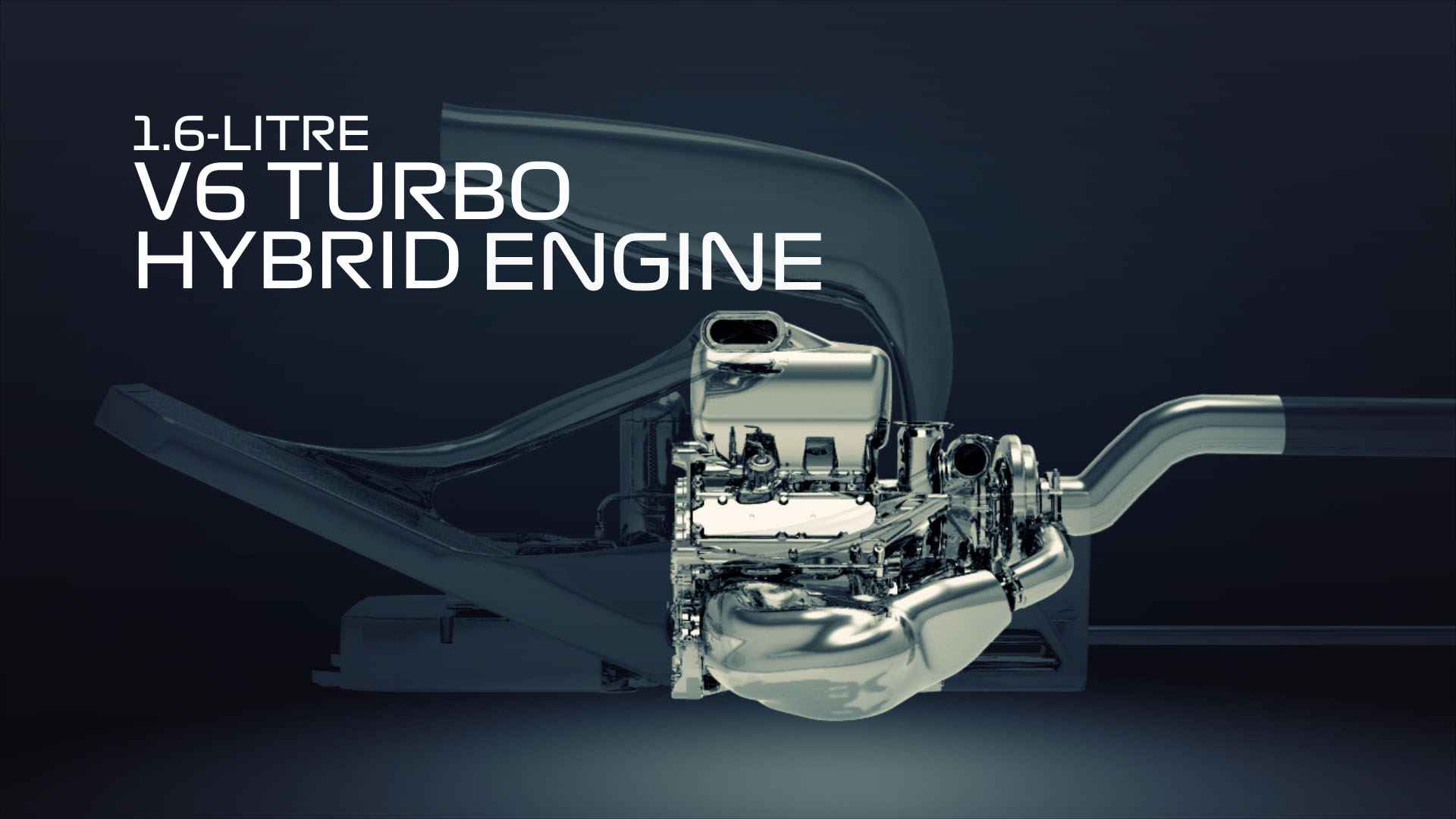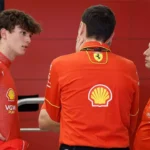The FIA has introduced teams stronger rules to guarantee that teams may continue working on their engines before the 2026 regulation revisions and safeguard their secrets. This is crucial to team success and fair competition. The FIA hones engine secret loopholes 16 years after the ‘Spygate’ scandal.
Spygate was one of the worst F1 data breaches, hurting one of the two main teams. McLaren was disqualified from the constructor’s title and fined $100 million for utilizing a rival’s F1 car’s design secrets and blueprints. The FIA has new standards, but will they prevent another Spygate? Answers will come from FIA regulations alone.
FIA bans F1 manufacturers from using fuel sources to steal 2026 engine IP
The potential fuel partners could use a Power Unit of 2026 engines and test these engines, providing substantial feedback about the engine’s performance. In the new regulation changes, FIA has specified that the fuel suppliers are explicitly denied permission to do such a benchmark, and they can only use the specified benchmark tests.

An addition to Article 2.8 of the 2026 F1 Power Unit Sporting Rules states: ‘A Power Unit Manufacturer’s existing or prospective fuel/oil supplier is not permitted to operate a Power Unit Test Bench for the purposes of 2026 PU development or for the development of fuel and/or oil for the 2026 PU, with the exception of one single-cylinder dynamometer exclusively designated for the development of fuel and/or oil. However, this exception is contingent on the single-cylinder dynamometer being one declared by the power unit manufacturer to the FIA.
FIA has also asked the manufacturers to stop the movement of personnel between fuel suppliers, effectively banning the transfer of engine IP using these middlemen and gaining any kind of advantage over the targeted engine.

New rules state: “No PU Manufacturer may use the movement of personnel (whether employee, consultant, contractor, secondee or any other type of permanent or temporary personnel) with an Existing or Prospective Fuel/Oil Supplier or another PU Manufacturer, either directly or via an external entity, for the purpose of obtaining an Intellectual Property transfer and/or circumventing the requirements of this Article.”
What are the Regulation changes in 2026
There have been numerous changes to the 2026 cars following the 2022 rule change that introduced ground effect cars. These regulations include cars that are 50kg lighter and use only 70kg of fuel, as opposed to the usual 100kg used by today’s cars. The most significant aspect of 2026 is that the fuel will be entirely carbon-neutral, marking a remarkable achievement in the field of internal combustion engines.

The FIA is set to remove the MGU-H, resulting in an equal distribution of power between the electric and internal combustion engines with a 50-50 ratio. The internal combustion engine (ICE) will see a reduction in horsepower, dropping from the current 760 HP to 570 HP, while the electric power output will be increased to 350 kW. The 2026 regulations have a dual focus: to create faster cars with reduced carbon footprints. The FIA has recently cracked down on internal combustion engines as evidence that they are actively working to improve sustainability in their sport.
What do you think about the 2026 regulations? Do you think that Formula 1 will become more entertaining and sustainable?







